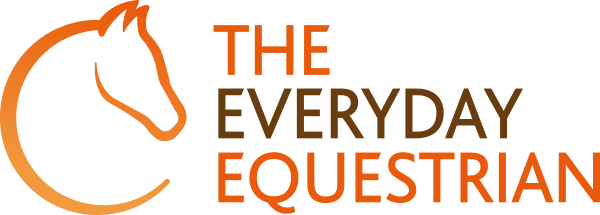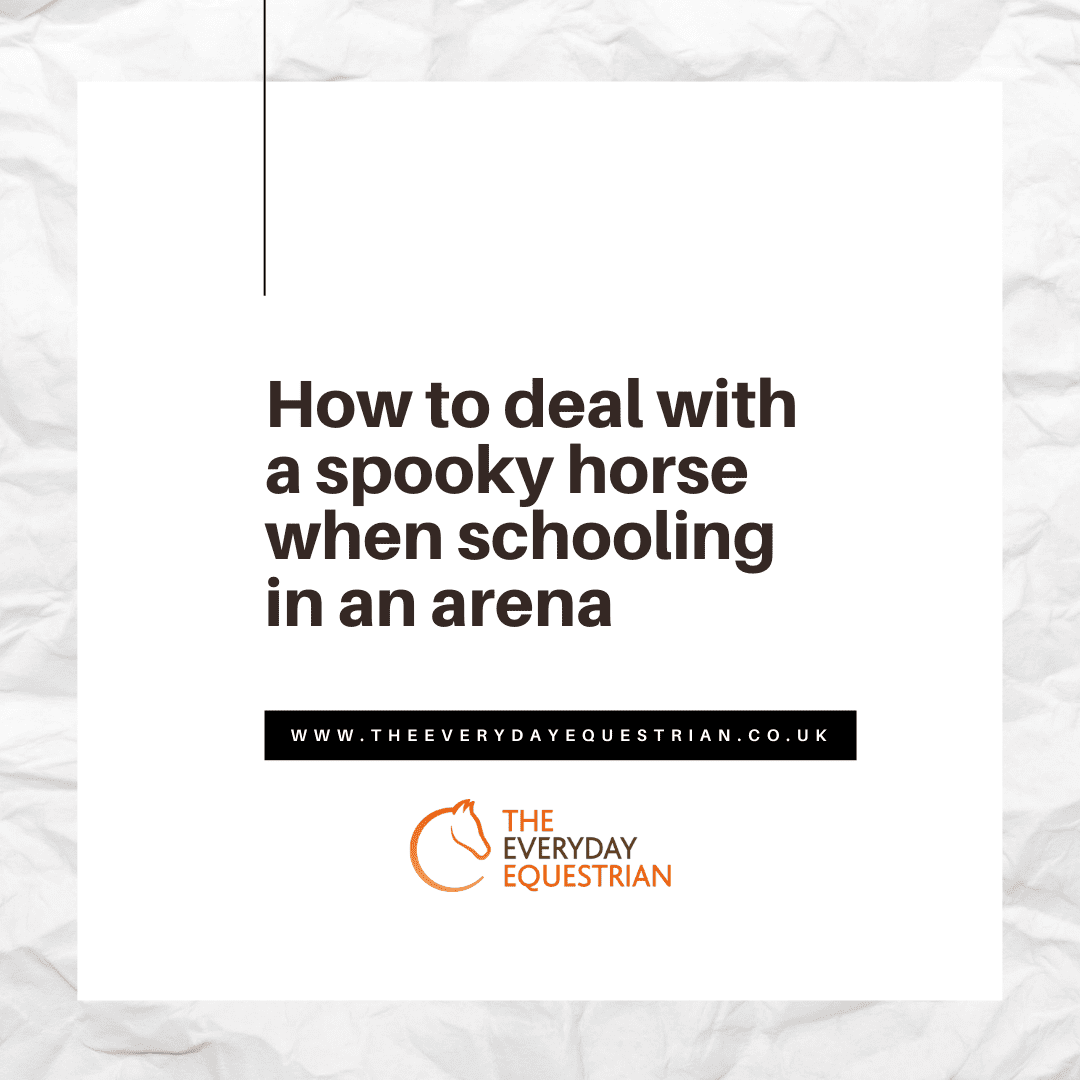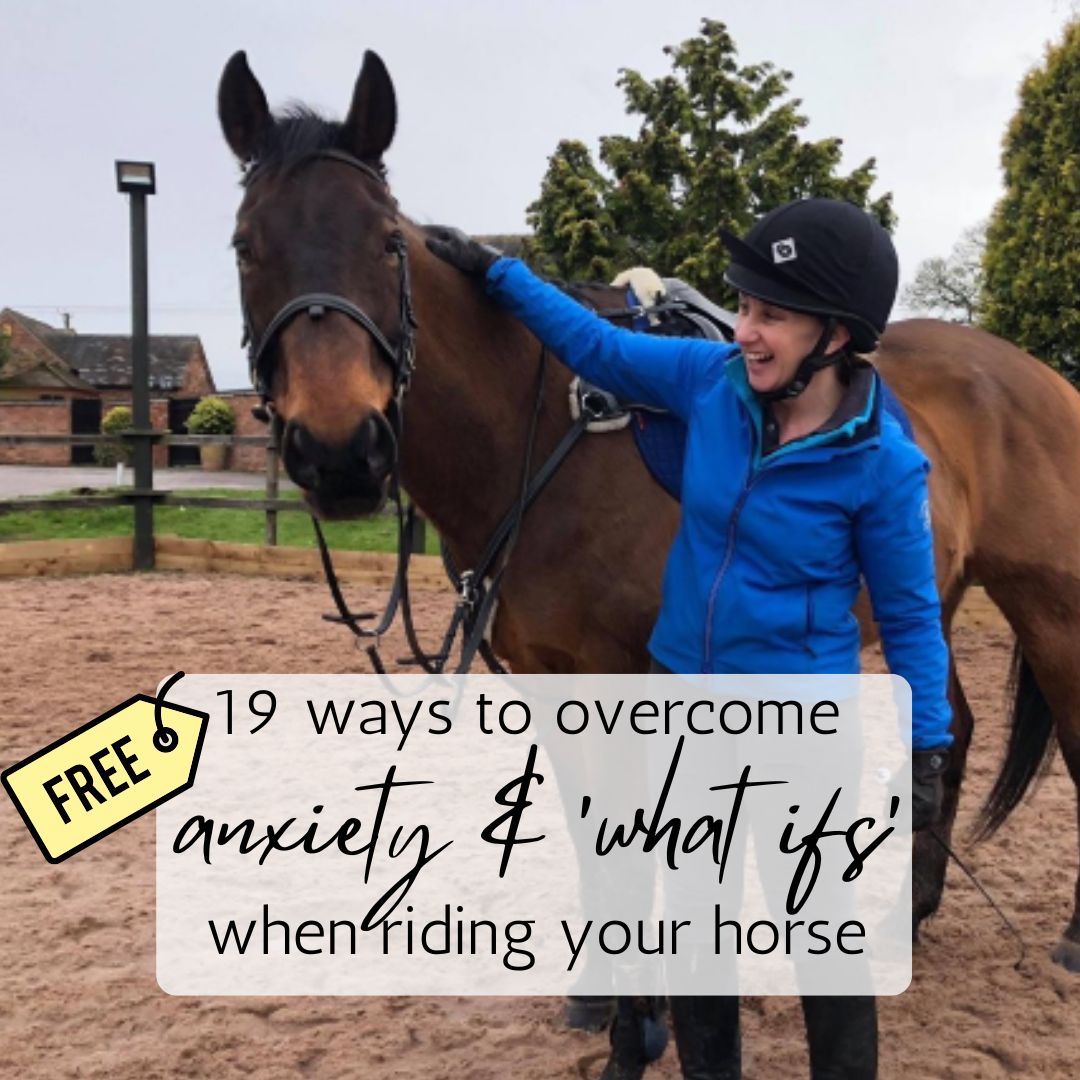When a horse spooks it is fair to say that is not a fun experience for most riders. It can catch you completely off guard at the best of times and leave you feeling rather vulnerable in the saddle. This is particularly true if this type of behaviour leaves you feeling nervous or anxious.
Most horses will spook at one time or another whether that be a small shy away from something or a big showy song and dance. All horses react differently when spooking and this can vary in intensity depending on the reason for the spook and your horses fear levels.
Let’s take a closer look at what spooking is, how a horse may react when they spook at something and what our aims should be when this type of behaviour occurs.
What is a spooky horse?
When we think about a spooky horse, there is no doubt about it we usually associate this with bad or undesired behaviour. Spooking, however, is completely natural for horses and their flight or fight response will usually kick in when they feel either threatened or unsafe.
When a horse’s flight or fight response kicks in it can go one of two ways. The instinctive choice is usually to run away or free themselves of the threat. If a horse is cornered however they will not be afraid to stand their ground and fight which can be seen in the forms of kicking, striking, biting, rearing and bucking.
Spooking is usually the result of a horse being genuinely scared of something as opposed to bad behaviour. The likes of a new, unfamiliar object, a sudden noise or movement can all be grounds for a horse to spook.
How do horses react when spooked?
Horses can react in a variety of ways when they are spooked. This will usually depend on how much of a threat the horse feels they are up against in a particular moment. All horses are individual and react differently to situations however some of the most common things to experience when a horse spooks are:
- Spinning
- Bucking
- Rearing
- Bolting
- Jump to the side
- Reversing
- Freeze on the spot
There are a whole host of reasons why a horse may spook in the arena. Horse’s are very sensitive to change, new environments and unfamiliar situations and therefore a new set up in the arena such as poles laid out on the floor could cause your horse to spook. It could be that dreaded spooky corner of the arena where the imaginary monsters reside that causes your horse to spook or even an outside, unfamiliar noise that they feel threatened by. I am sure you will have your own unique experiences to add to this.
What is the aim?
When our horse spooks it can be difficult to know what to do for the best and it can be hard to keep our fear and insecurities in check. The ultimate aim, however, is to be able to stay balanced, secure and effective when riding in the school, so that your horse is relaxed, focussed and looks to you for reassurance and guidance.
Ways to deal with spooking
The good news is, it isn’t all doom and gloom and there are ways in which you can help both yourself and your horse with spooky behaviour. The goal is to eliminate the amount or intensity your horse displays when spooking and to help you feel confident, less nervous and more prepared when these situations arise.
Let’s take a closer look at some of the things you can do to help with spooky behaviour.
Security in the saddle
Security is very important for horse riders and maybe the difference between staying in the saddle and falling out the side door. This is particularly true when a horse spooks which can often be sharp and catch you off guard. Developing a balanced, secure, independent seat will make you as a rider more positive, effective and proactive. This type of position is not something that is achieved overnight and therefore you must work on your riding position regularly in the school to build up to this.
Proactive riding
The key to managing spooky and sharp horses is to ride proactively and positively, before the horse ever has the chance to start looking for hidden monsters. From the word go, ride positively forwards while sitting tall with your shoulders back, head up, leg on and quiet hands. Start in the ‘safer’, less exciting parts of the arena, and as the horse stays with you, gradually start to explore the whole arena. You need to be the leader for spooky horses, not the passenger!
Focus
It is so easy for a horse to become disinterested and unfocussed during a schooling session. This gives them a heightened awareness of everything going on around them and an ample opportunity to find things to spook at (yes, some horses actively like to find things to spook at). One of the best things you can do whilst riding in the arena is to keep your horse’s focus on you. Make sure you get your horse listening to you from the offset so that you can stay in control. Your horse will have far less external distractions if they are tuned in to only you.
Plan
Many riders go into a schooling session without having clear ideas of what they will work on with their horse. Having a plan of action for schooling can allow both you and your horse to stay focussed and confident. A targeted, structured warm-up, progressive schooling exercises and a proper cool-down can make the world of difference. Anything but simply walk, trot canter around the outside of the arena generally works well. Use leg yield or shoulder-in to move the horse’s focus away from the spooky object, and keep his focus on you, the rider. Give your horse something to think about.
Variety and Engagement
Doing the same old things day in and day out can get boring for you and your horse over time. Mixing up schooling movements frequently and trying new things can help keep your horse focussed and engaged. You want your horse to feel excited about schooling, not bored and disinterested. Try adding variety and engagement to your schooling by using plenty of transitions, changes of rein, sequences of movements, and polework.
Adapt
Sometimes you will find horses are genuinely scared of a certain object or situation which can often be an ongoing issue. This is something you and your horse will need to work through together by adapting and flexing to the situation. As an example, there may be a spooky part of the arena that your horse has taken a dislike to. In this instance, always start your session away from the scary part of the arena, and progressively get closer to it, one metre at a time if necessary. Baby steps are usually the best way.
Praise and reward
Praise and reward go a long way when your horse has displayed a good attitude or response. We shouldn’t ignore good behaviour from our horse. A pat on the neck, verbal praise or release in pressure on the reins can all be ways in which we can show our horse they have done a good job. It’s very easy to get and stay frustrated or cross if your horse is spooky, so find opportunities to pat and relax the horse (and yourself).
Keep your leg on!
As riders, we will often hear coaches shout ‘keep your leg on!’ in a variety of situations when we are riding. If you’re feeling a bit nervous that your horse will spook, it’s very easy to take your leg off and rely entirely on the reins for control. This actually makes things much worse. If your horse is sharp and spooky, be firm, close your calves at the girth, sit back and send him/her forwards. A horse that is moving forward and focussed on you will be much less likely to rear, buck or take part in spooky behaviour.
Stay cool
It can often be difficult to stay ‘cool’ when your horse is spooking and you’re feeling nervous or anxious. It is easy to get yourself in a tiz and have feelings of wanting to get off. If your horse does spook, resist the urge to make a big thing of it. Send him/her forwards, engaging his/her brain and riding positively. Think “Oops, nevermind, let’s see how well we can ride XYZ movement next”. This positive, forward-thinking mindset can work wonders for confidence building.
Desensitisation
Desensitisation can be a great tool for helping your horse get used to a variety of situations, sounds and objects that may cause spooky behaviour. Over time, as you and your horse build confidence in each other, gradually start to include more spooky things into your arena, e.g. a bright jump filler, so that you get to practice your skills and keep building positive experiences.
Remember, spooking is a natural behaviour in response to something that is potentially threatening. The key is to stay calm, resist the urge to over-react, and get thinking forwards and positive.
If you’re struggling with your mindset and confidence when riding, check out my AMAZING community of riders who are all making positive progress towards their equestrian goals! Click here for details.


